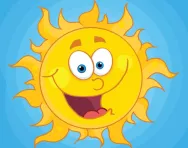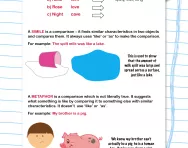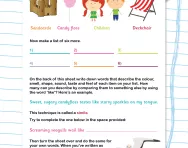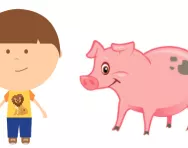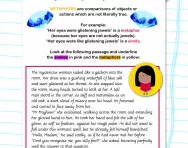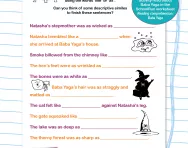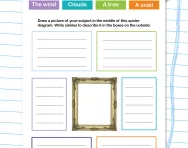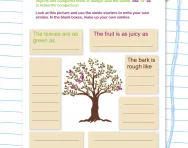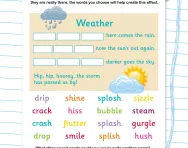Important update from TheSchoolRun
For the past 13 years, TheSchoolRun has been run by a small team of mums working from home, dedicated to providing quality educational resources to primary school parents. Unfortunately, rising supplier costs and falling revenue have made it impossible for us to continue operating, and we’ve had to make the difficult decision to close. The good news: We’ve arranged for another educational provider to take over many of our resources. These will be hosted on a new portal, where the content will be updated and expanded to support your child’s learning.
What this means for subscribers:
- Your subscription is still active, and for now, you can keep using the website as normal — just log in with your usual details to access all our articles and resources*.
- In a few months, all resources will move to the new portal. You’ll continue to have access there until your subscription ends. We’ll send you full details nearer the time.
- As a thank you for your support, we’ll also be sending you 16 primary school eBooks (worth £108.84) to download and keep.
A few changes to be aware of:
- The Learning Journey weekly email has ended, but your child’s plan will still be updated on your dashboard each Monday. Just log in to see the recommended worksheets.
- The 11+ weekly emails have now ended. We sent you all the remaining emails in the series at the end of March — please check your inbox (and spam folder) if you haven’t seen them. You can also follow the full programme here: 11+ Learning Journey.
If you have any questions, please contact us at [email protected]. Thank you for being part of our journey it’s been a privilege to support your family’s learning.
*If you need to reset your password, it will still work as usual. Please check your spam folder if the reset email doesn’t appear in your inbox.
What is a simile?

What is a simile?
A simile is a comparison phrase which finds similar characteristics in two objects and compares them, always by using the words 'like' or 'as'. Writers often use similes to make their writing richer and give the reader a really good picture of what is being described. For example:
The spilt milk was like a lake.

This simile is used to show that the amount of milk spilt was large and spread across a surface, just like a lake.
The similes in this passage are highlighted in bold:
How are children taught to use similes?
In Key Stage 1, children are encouraged to use adjectives to describe people and places in their stories.
In Key Stage 2, teachers start to guide children in using similes. A good way of doing this, is to show children a picture from a story they are studying.
They may ask them to choose something from the picture (for example, the moon) and then ask them what it looks like. Children may come up with ideas like: a plate, a coin or a face.
A very simple simile could be: 'The moon was like a face'. The teacher could help the children develop this by asking: How is the moon like a face? They might then come up with a better simile such as: 'The moon was as pale as a face', or 'The moon shone like a happy face'.
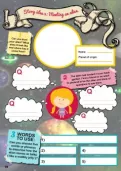
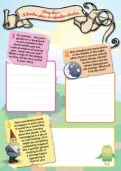
Download a FREE Creative Writing toolkit!
- KS1 & KS2 workbooks
- Bursting with fill-in prompt sheets and inspiring ideas
- Story structure tips, style guides and editing suggestions
Teachers will often ask children to look at poetry and find the similes in poems. This is a good way of encouraging then to use similes when it comes to their own writing. A teacher may develop a child's writing by encouraging the use of similes through marking.
For example, if a child wrote the following:
A teacher might encourage the use of similes by writing the following questions next to the writing:
- What could you compare the creaky sound of the steps to?
- What could you compare the open door to?
Similes can be difficult to construct and children need plenty of time to think them over.
How are similes and metaphors different?
Similes are often connected to learning about metaphor (a comparison which suggests what something is like by comparing it to something else, but isn't literally true) as they are both forms of figurative language. Metaphors don't use the words 'like' or 'as'.
Simile: My brother is as greedy as a piglet.
Metaphor: My brother is a piglet.


